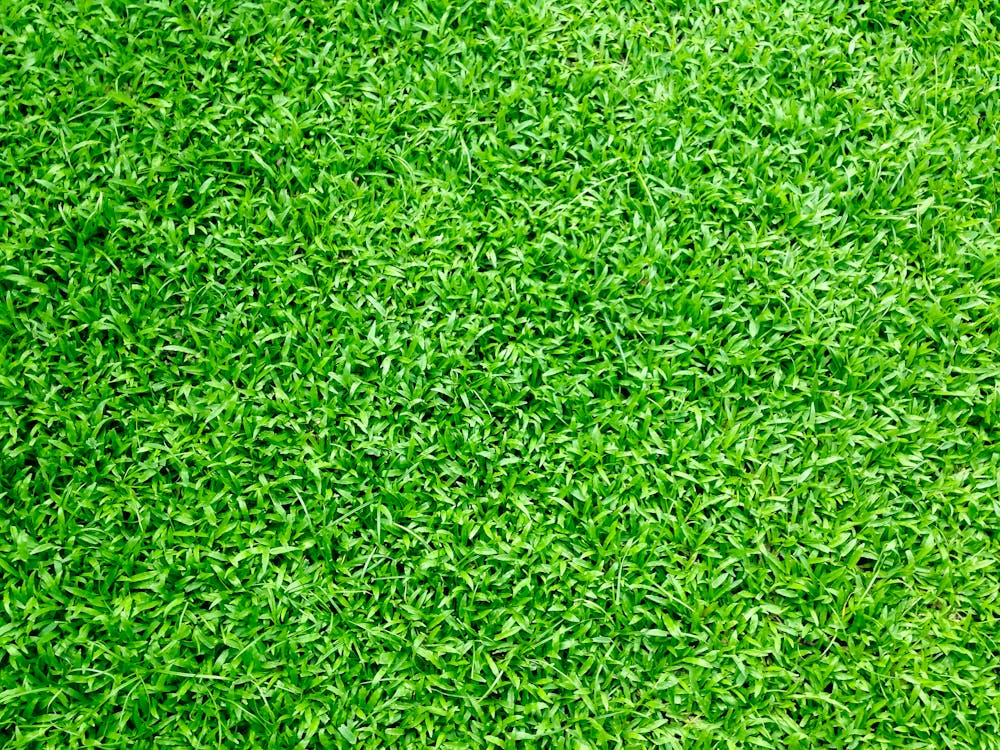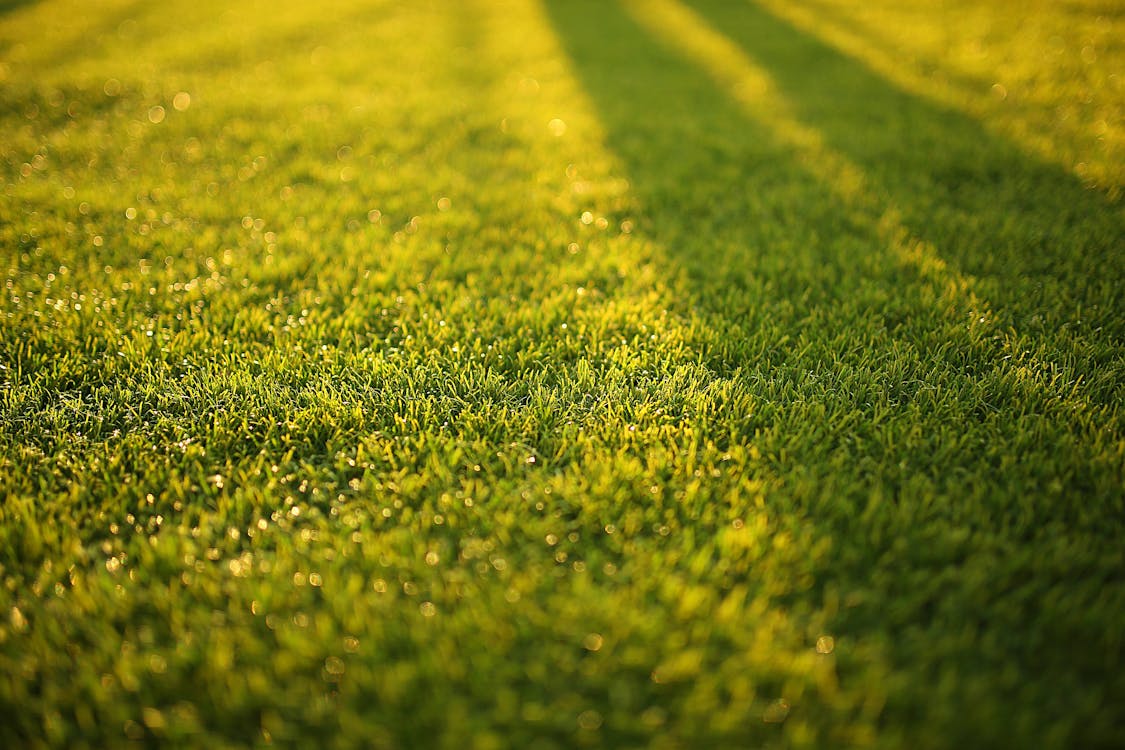Watering Your Lawn: Why and How You Should Do It
- Jul, 13, 2019
- Dimo
- Landscaping Service
- No Comments.
The proper use of irrigation is almost a science. It is a simple action to carry out but which makes one doubt in terms of quantity and periodicity. However, a preliminary study of certain aspects will give us an exact idea of how and when to do it.
It is one of the three pillars in the care and maintenance of natural grass together with mowing and fertilization to achieve a healthy and beautiful lawn.
The objective of irrigation is to moisten the soil at the root level, without saturating it so as not to cause suffocation of the roots.
Why Watering Your Lawn is Good For It

- It gives your lawn turgidity and elasticity.
- It helps your lawn recover from actions such as trampling, excessive sporting use, environmental factors, insects, etc.
This is What Happens If You Don’t Water Properly
Watering Excessively
Excessive watering harms the structure of the soil, here’s why:
- Compact and hardens the soil: This hardening of the soil hinders the growth of the roots. It does not allow adequate aeration of the soil or proper drainage of water, so the root can become sick and die by suffocation.
- It washes it of nutrients: If it is a very sandy soil and fertilizers are not provided regularly, the few nutrients that the soil has will drain with the water to areas where the roots do not reach.
- It causes the appearance of fungi.
When You Don’t Water Much
A lack of irrigation causes:
- It does not recover from the footprints, leaving the marks marked. The color turns yellow and straw-colored or blue-green in the Grama.
- The growth is done slowly.
- If the grass has an intense green color and tender, it is a sign that it is well watered.
- If the lawn has a pale and tender color, it is a symptom of excessive watering.
- If the lawn has a dull and brittle color, it is a symptom of little irrigation.
If the natural grass experiences a period of prolonged drought, it will begin to wilt and turn grayish green, if it is watered at this time it can recover quickly. If the drought persisted (4 to 6 weeks) the grass would stop growing, turn brown and die, although the roots and crown may have survived. You would need an abundant deep watering at the beginning and gradually proceed with a normal watering so that it could recover in 3 or 4 weeks.
How Much and How to Water Your Lawn?
We must use more water in places where the land is sandy, there are slopes and in areas close to buildings and roads.
Use less water in clay and compacted soils, with low level (hollows and depressions of the land) and in shady areas.
The deep and spaced irrigation favors root development increasing its resistance. The superficial and frequent irrigation weakens it and makes it prone to diseases.
Deep watering in a soil in good condition can equal ± 20 mm. every time. It can be calculated by placing 3 containers or cans at different distances from the sprinklers and with a height of about 6 cm. and observe how long they reach 20 mm of height, the water collected by them. Then add the three o’clock time and divide by three to find out the average time you need to water.
Another method to know the time necessary for deep watering is watering 15 to 30 minutes. Then key a shovel and tilt it forward; Observe the earth in that opening and if it is not wet to a depth of 8 to 10 cm. then continue watering.
We can also find out the degree of humidity of the soil by clicking with a stick, ballpoint pen or screwdriver on the ground:
- If it sinks easily, the soil has too much moisture.
- If it sinks with difficulty it is that it is very dry.
- If it sinks normally, it is well watered.
In rainy climates, it is necessary to water less than in the dry ones, obviously.

Shaded areas or those protected from the wind also require less watering than those exposed to strong sunlight or strong, dry winds.
A freshly cut lawn needs more water than a tall one, as it is more affected by sunlight.
Irrigation should be regular and abundant in the warm season rather than in the cold season.
If we want a green and vigorous natural grass we will have to water it more than if we settle for a lawn with less splendor.
If the lawn is accustomed to little watering, it will not be necessary to water it as much as one that is used to a lot of water.
There are species that need less water than others, for example:
- Ray-grass, demands more irrigation.
- Cynodon dactylon “Numex-Sahara”, requires little water.
Exceeding irrigation is equivalent to ponding, which favors the development of diseases on the lawn.
The best irrigation is slow and rainy so that the water does not run and penetrate properly into the ground.
It is beneficial for the soil to dry or be almost dry between waterings.
As already mentioned in the sowing section, the newly planted seed needs to germinate from a slight constant humidity that does not mean excessive. There should be little and frequent watering. If it is very abundant, the seed can rot or not come out by compaction of the soil. The irrigation frequency should be between 2 and 3 times a day and moistening between 2.5 and 5 cm. deep, without puddling. When it has germinated and from a height of 2 to 5 cm., Depending on the variety of natural grass, decrease the frequency of irrigation and increasing the amount to make deeper irrigation that promotes root development.
The scarce, superficial irrigation to newly planted seeds or freshly planted sods causes the roots not to develop.
When to Water Your Lawn?

The best time to water is in the early morning, at dusk or at night. In this way, the water will not evaporate by the sun. The irrigation done at noon evaporates 4 to 8 times faster than at night.
If it is watered with the sun, when it is warmer, much will be lost by evaporation. In addition, the incidence of the sun on the plant is greater if it is wet.
We have already seen multiple variables to take into account when watering the lawn. We must make an assessment of all of them applied to our particular case to know what irrigation methodology to use. As an example we show the following case:
- For a climate like that of Arizona and with clay or sandy soil:
- Spring: Water a day yes and a day no.
- Summer: Daily watering.
- Autumn: 2 times a week, interrupting if it rains.
- Winter: Water only every 20 days, if it is not raining enough or the grass, is dry.
Luxury Landscaping Services

We provide the neat clean look. Some call it the picture perfect yard. If you want to save more money and get the best professional luxury landscaping service tab here (602-696-7675) to call us.
Recent Landscaping Posts
- How to Get Rid of Weeds, Slugs & Snails From Your Lawn August 10, 2019
- Sprinkler Repairs: How to Fix A Bad Lawn Sprinkler August 4, 2019
- Taking Care of Your Lawn in Summer July 26, 2019
- How to Hire A Great Landscaping Company in Phoenix, AZ July 20, 2019
- Watering Your Lawn: Why and How You Should Do It July 13, 2019
- How to Care for the Lawn in Summer July 6, 2019
- How to Help Your Lawn Survive An Outdoor Party this Summer June 29, 2019
- Why You Should Water Your Arizona Lawn More Often this Summer June 23, 2019
- Love Your New Home But Hate The Yard? These Landscpaing Tips Can Help December 23, 2017
- Read This If You Want To Make The Most Out Of Your Landscape December 23, 2017



